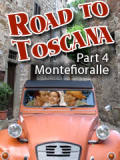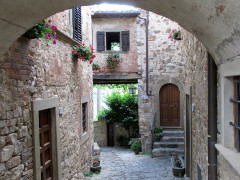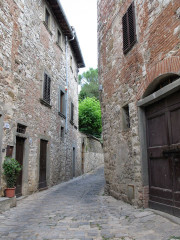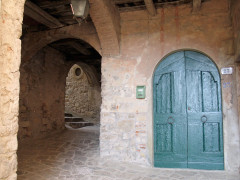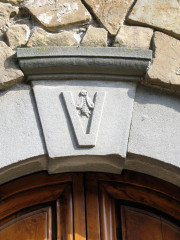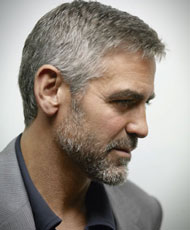There are many places in Italy, Tuscany in particular, that do not have the grand and monumental impact of the Duomo or the historic weight of the Ponte Vecchio or the artistic merit of Michelangelo’s “David” but still leave a lasting and unshakably pleasant impression. For me it seems to be associated with architecture and the sense of “place” that so many structures were built to embody, be they monumental or small and understated.
Motefioralle — the home town of Amerigo Vespucci, namesake of “America” — is one of those places. It is a small and sleepy medieval town about 30 miles south of Florence. There are no gift shops or tourist accommodations of any kind that I recall and there isn’t any specific attraction such as a museum or a particular sculpture in the town square. I don’t even remember seeing a restaurant.
Instead it is a wonderfully preserved and beautifully maintained medieval town with fantastically well designed modest stone houses. Some of the angles and juxtapositions of the stone entries and porticos and loggias simply will not leave me. Not as a haunting per se, but more as a model for what I would love to live in and around; what I would love to be able to see every day instead of the growing ugliness of contemporary life in the USA.
But of course this presents a conundrum. Were I to pack up and invest my life’s savings in one of those wonderful little homes in Montefioralle, the boredom and enhanced familiarity with one’s neighbors that comes with life in such a small town would probably drive me crazy despite the treasured scenery. No, it is best to have had the chance to take a leisurely stroll through the town, take pictures and form pleasant memories.
It is a stop well worthy of an hour or two on a Tuscan road trip!
As to Vespucci, there is only a family crest in stone above the doorway of the family home to call out his former presence. His name was given to the new world continents of North and South America but it was not because he had specifically discovered them — he did not — however, he was a well known navigator and explorer in the early 1500’s who contributed to the growing understanding of New World geography. Instead, a German scholar named Martin Waldseemuller printed a map depicting the New World as the two continents that Vespucci had written of. He took some creative license with Vespucci’s name, Amerigo, and printed “America” onto the map which took root and remained, apparently without any significant debate.

